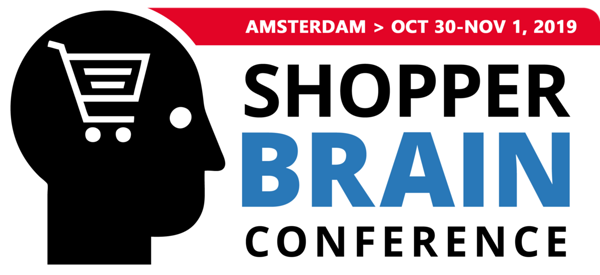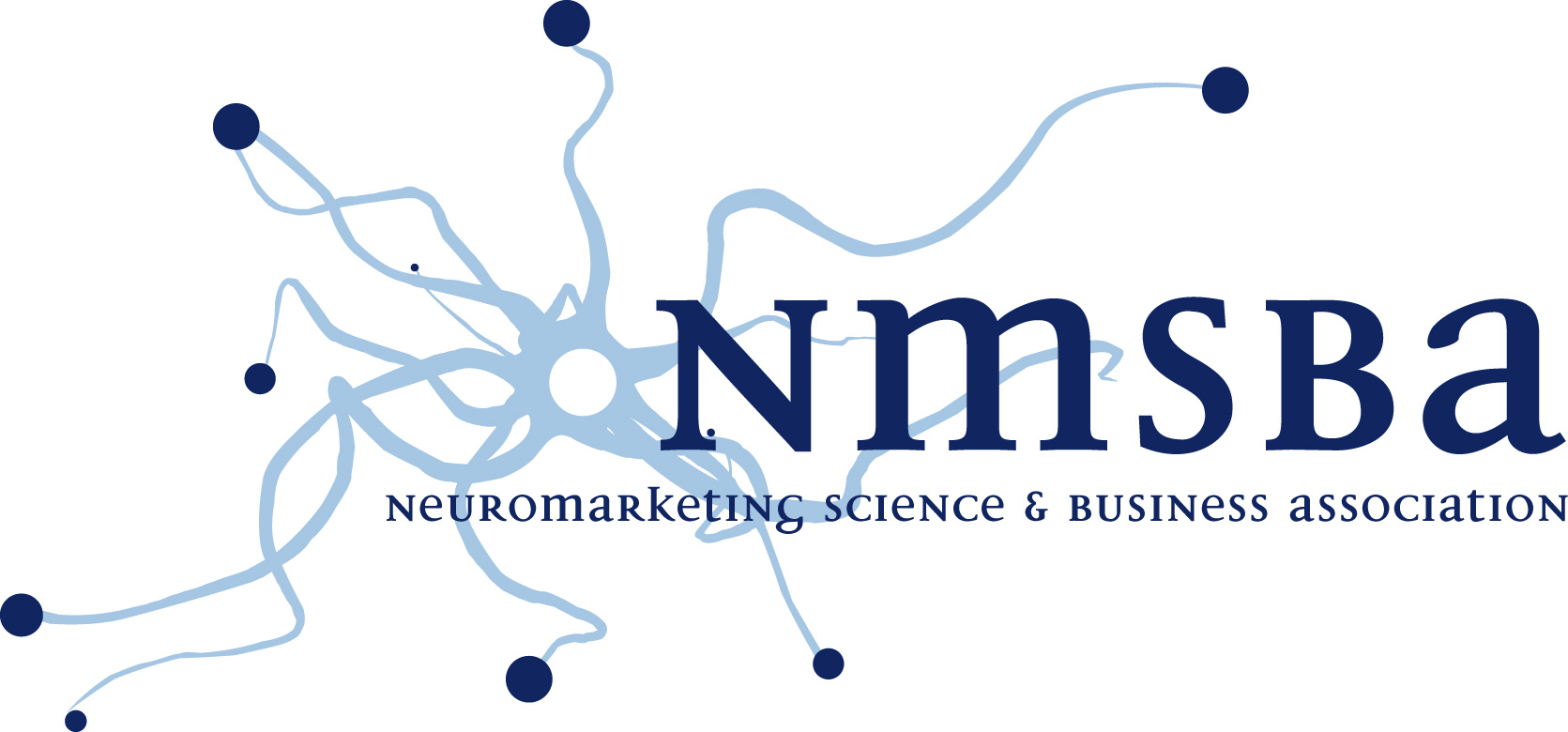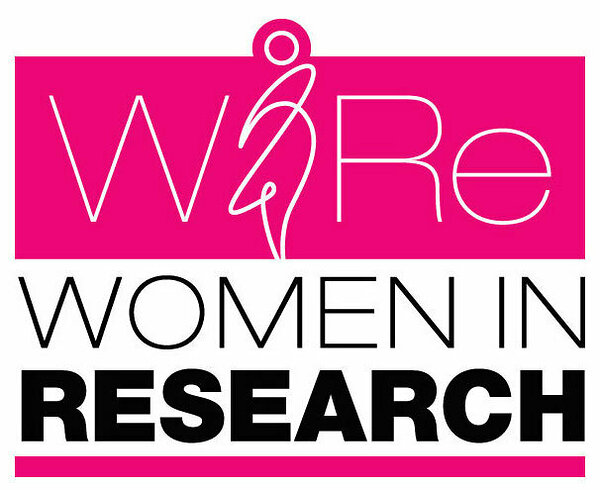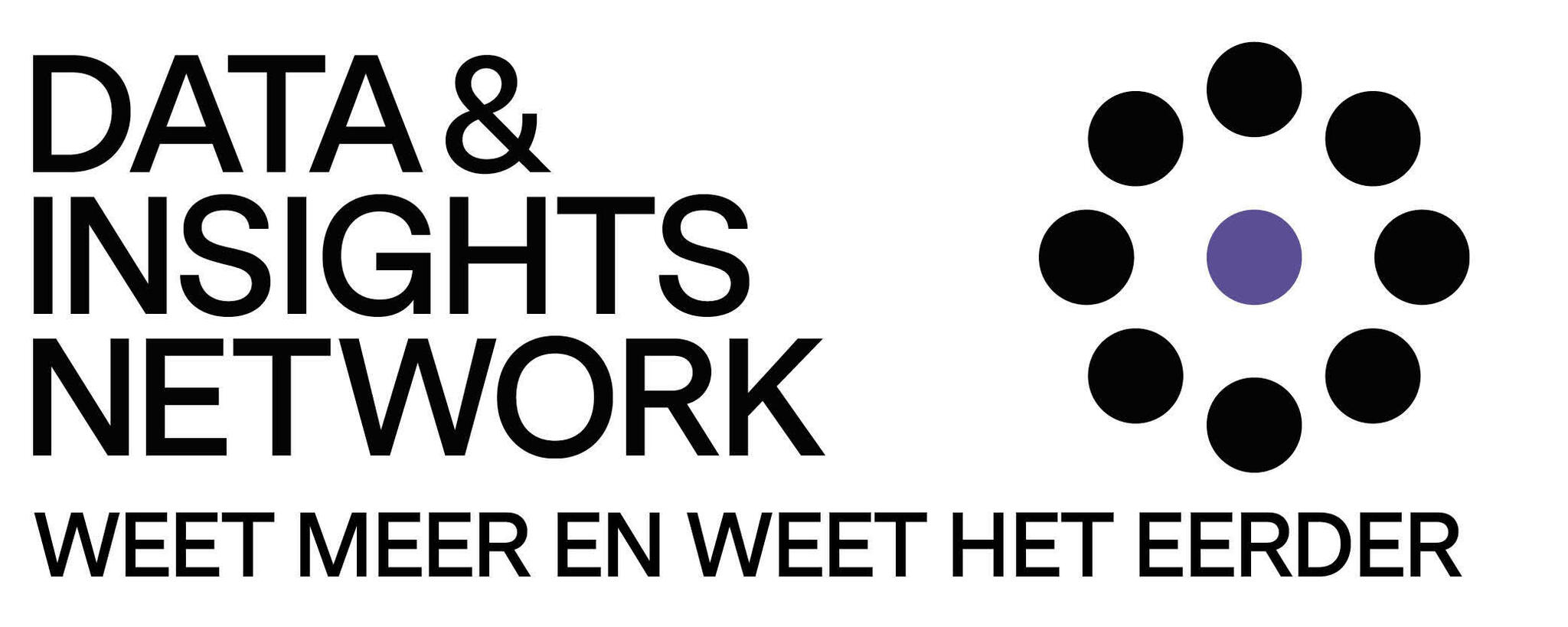Thursday October 31, 13:45 - Main Stage
If you thought newer, more expensive websites always outperform older, cheaper ones in terms of user experience, think again! Veit Etzold presents the results of an eye-tracking case study, comparing the usability of the old versus the new Mercedes Benz online appointment booking platform.
Good user experience can only be achieved by knowing and understanding users' wishes, needs, and cognitive abilities. The aim of this study is to find out, how the user of the online appointment booking interacts with the interface as well as the visualizations. The focus is on the question of whether the new interface of online service appointment booking leads to their success and can attract their attention. In fact, our study’s aim is to check, whether the new and more expensive customer website is considered to be more user-friendly and helpful than the older and cheaper version.
To answer this question, an empirical eye-tracking study was conducted on the old and updated website of the automobile manufacturer Mercedes Benz of Daimler AG. Through the eye-tracking study, it was possible to record and analyze the viewing directions of subjects in order to get insights into the cognitive processes of the subjects.
The observations of the subjects and evaluations of the eye tracking data have shown that there are still some shortcomings in the usability of the service appointment booking. Aspects such as the scanpaths and heatmaps could demonstrate the superiority of the old website.
What the audience can learn:
- Why you should combine traditional research methods with implicit methods
- How to carry out an eye-tracking study for attention research
- Superior and inferior usability elements in Mercedes’ online appointment system




.jpg)






